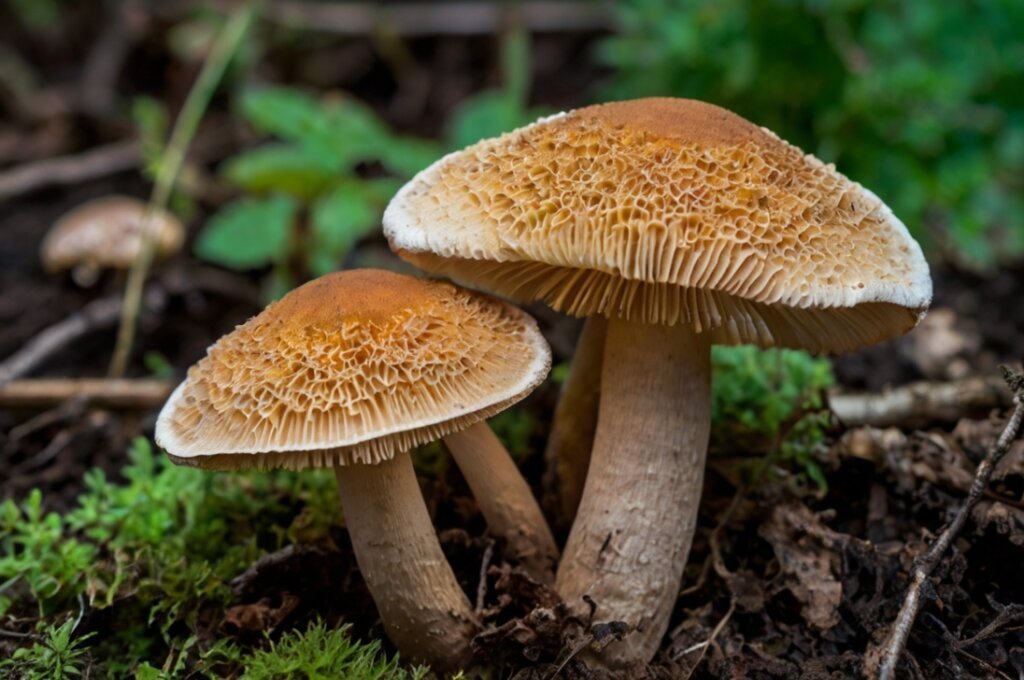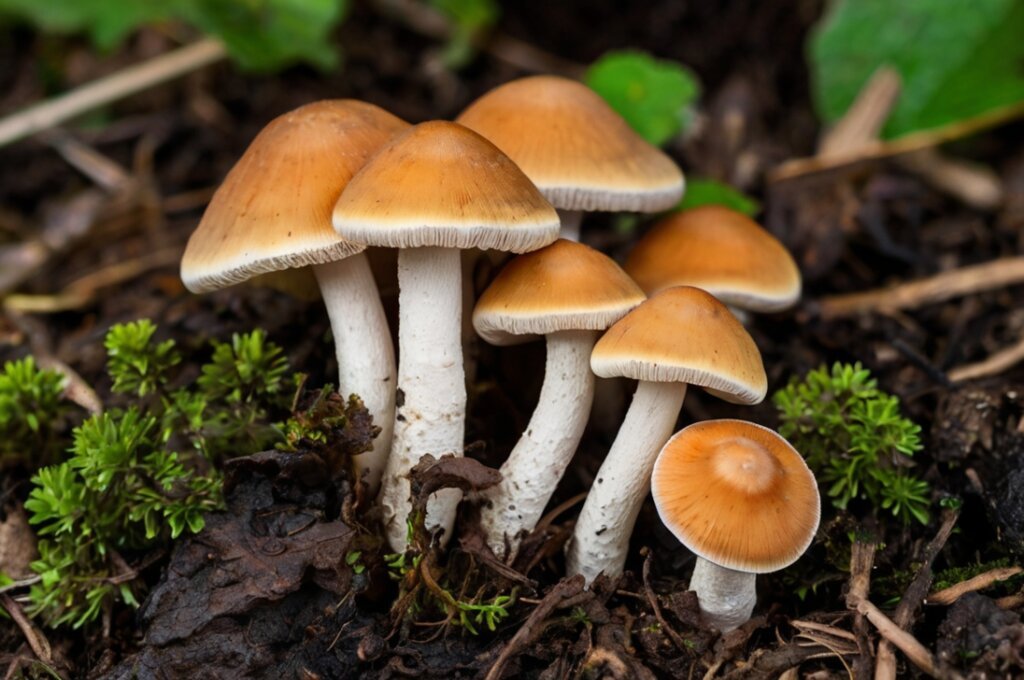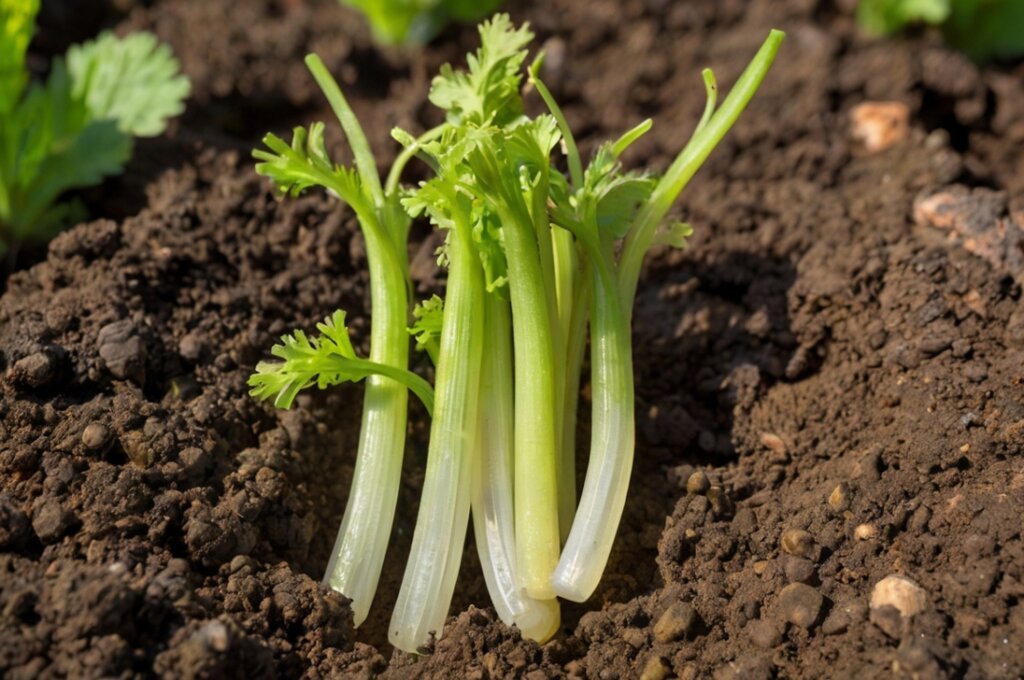
Lettuce is a popular leafy green that grows quickly and offers high yields, but it’s not always an easy crop to manage.
Behind every perfectly formed head of lettuce lies a battle – a constant struggle against a legion of tiny foes.
Imagine a farmer’s frustration, watching their lush green fields succumb to pests and diseases, their hard work and livelihood threatened.
These aren’t just minor inconveniences; they’re the worst enemies of lettuce farmers, capable of decimating entire crops and leaving growers with nothing but losses.
From microscopic fungi to voracious insects, these silent predators pose a significant challenge to lettuce production.
Let’s explore the challenges farmers face and the strategies they employ to protect this vital crop.
Lettuce Pests
Aphids
Aphids are tiny, soft-bodied insects that feed on the sap of lettuce plants.
They are usually green, but some species can be yellow, black, or even pink.
These pests multiply rapidly and can infest an entire crop within days.
Aphids weaken lettuce plants by sucking out nutrients, causing the leaves to curl, turn yellow, or become sticky due to honeydew secretions.
The honeydew can also attract mold, further damaging the plant.
Control methods:
- Introduce beneficial insects: Ladybugs and lacewings are natural predators that feed on aphids, helping keep their population in check.
- Use organic sprays: Neem oil and insecticidal soap can effectively control aphids without harming beneficial insects.
- Apply row covers: Floating row covers act as a physical barrier to prevent aphid infestations.
- Blast with water: A strong spray of water can dislodge aphids from leaves and stems.

Slugs and snails
Slugs and snails thrive in moist environments and love feasting on lettuce leaves.
They leave behind large, ragged holes and a distinctive slime trail, making plants unappetizing and unsellable.
Control methods:
- Handpick them: Check plants in the evening and remove slugs and snails by hand.
- Use beer traps: Place shallow dishes filled with beer near lettuce plants. Slugs and snails are attracted to the beer, fall in, and drown.
- Create barriers: Crushed eggshells, diatomaceous earth, or copper tape around plants can deter slugs and snails.
- Encourage natural predators: Birds, toads, and ground beetles help control slug and snail populations.
Caterpillars
Caterpillars, including cabbage loopers and cutworms, are common lettuce pests that chew large holes in leaves.
Cutworms can be especially damaging, as they cut young seedlings at the base, killing the entire plant.
Control methods:
- Handpick caterpillars: Regularly inspect plants and remove any caterpillars you find.
- Use Bacillus thuringiensis (Bt): Bt is a natural bacterial insecticide that specifically targets caterpillars without harming beneficial insects.
- Apply floating row covers: Covers prevent adult moths from laying eggs on lettuce plants.
- Encourage natural predators: Birds, wasps, and frogs feed on caterpillars and help keep their population down.
Leaf miners
Leaf miners are small larvae that tunnel inside lettuce leaves, creating white, winding trails.
While they don’t usually kill the plant, their damage reduces lettuce quality and can make the leaves unmarketable.
Control methods:
- Remove affected leaves: Prune and destroy leaves with visible leaf miner trails to prevent larvae from maturing.
- Introduce beneficial insects: Parasitic wasps lay eggs inside leaf miner larvae, killing them before they can cause further damage.
- Use floating row covers: These covers prevent adult flies from laying eggs on lettuce plants.
- Avoid chemical pesticides: Many insecticides don’t work on leaf miners because they live inside the leaf tissue. Instead, focus on biological control methods.

Lettuce Diseases
Mosaic virus
Lettuce mosaic virus is a highly contagious disease that stunts lettuce growth and causes yellow mottling on leaves.
It is spread mainly by aphids, making pest control a key prevention method.
Control methods:
- Use certified virus-free seeds: Always buy seeds from reputable sources to ensure they are disease-free.
- Control aphid populations: Since aphids spread the virus, keeping them under control helps prevent infection.
- Remove infected plants immediately: If you notice mottled or stunted leaves, remove and destroy the affected plants to stop the virus from spreading.
Big vein
This disease is caused by a virus transmitted by a soil borne fungus.
It causes veins in lettuce leaves to enlarge and become more prominent, leading to distorted and stunted growth.
It thrives in cool, wet conditions.
Control methods
- Plant resistant varieties: Some lettuce varieties are bred to be resistant to big vein disease.
- Improve soil drainage: Avoid overwatering and ensure soil is well-draining to reduce fungal activity.
- Practice crop rotation: Rotating crops prevents the buildup of the fungus in the soil.
- Avoid planting in infected soil: If big vein disease has affected previous crops, consider growing lettuce in raised beds with fresh soil.
Corky root
Corky root is a bacterial disease that affects lettuce roots, causing them to become thick, brown, and cracked.
Infected plants grow poorly and may wilt or die prematurely.
Control methods:
- Use resistant lettuce varieties: Some lettuce types are naturally resistant to corky root.
- Practice crop rotation: Avoid planting lettuce in the same location year after year.
- Improve soil health: Adding compost and organic matter can boost beneficial microbes that suppress bacterial growth.
- Ensure proper drainage: Overly wet soil encourages bacterial growth, so make sure your lettuce beds drain well.

Conclusion
Lettuce farming comes with its share of challenges, but with proper pest and disease management, you can maintain healthy crops.
By using natural predators, organic sprays, and good gardening practices, you can protect your lettuce from these common enemies.
Early intervention is key—spotting issues before they get out of control will save your plants and ensure a bountiful harvest.
FAQs
Regularly inspect your lettuce plants for signs of pests and diseases, especially during warm, humid weather. Early detection and intervention are crucial for preventing widespread problems.
While complete eradication of the lettuce mosaic virus (LMV) is difficult, effective control and prevention strategies can significantly minimize its impact.
Weeds and volunteer lettuce growth can act as reservoirs for the lettuce mosaic virus (LMV). LMV can infect various crops and weeds, allowing these plants to serve as sources of the virus.



